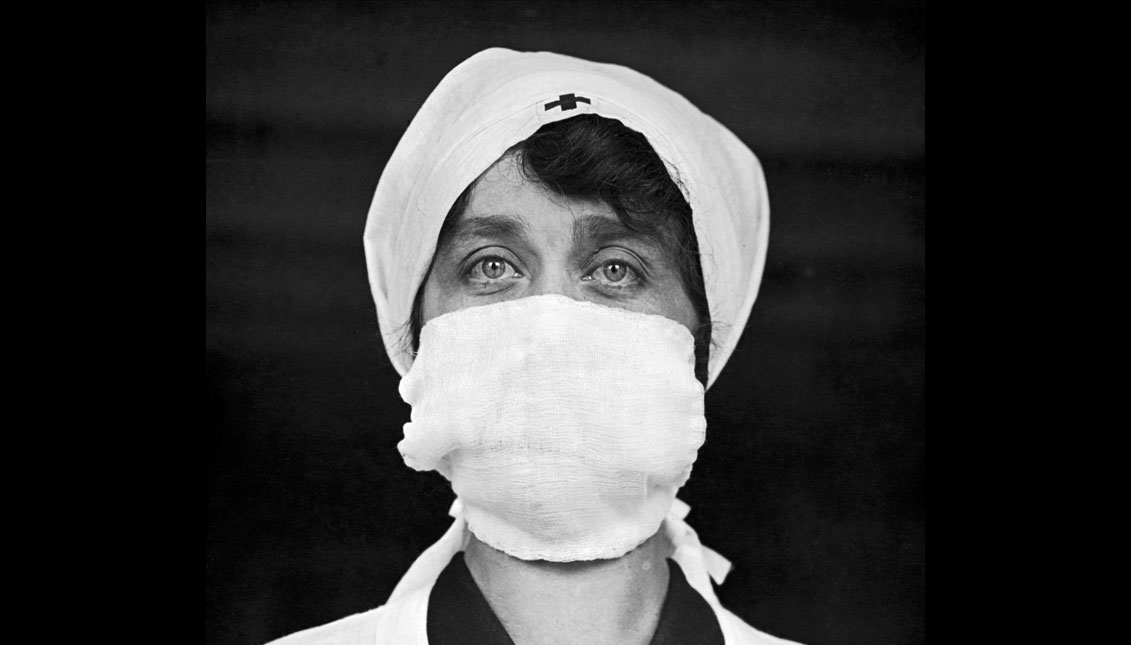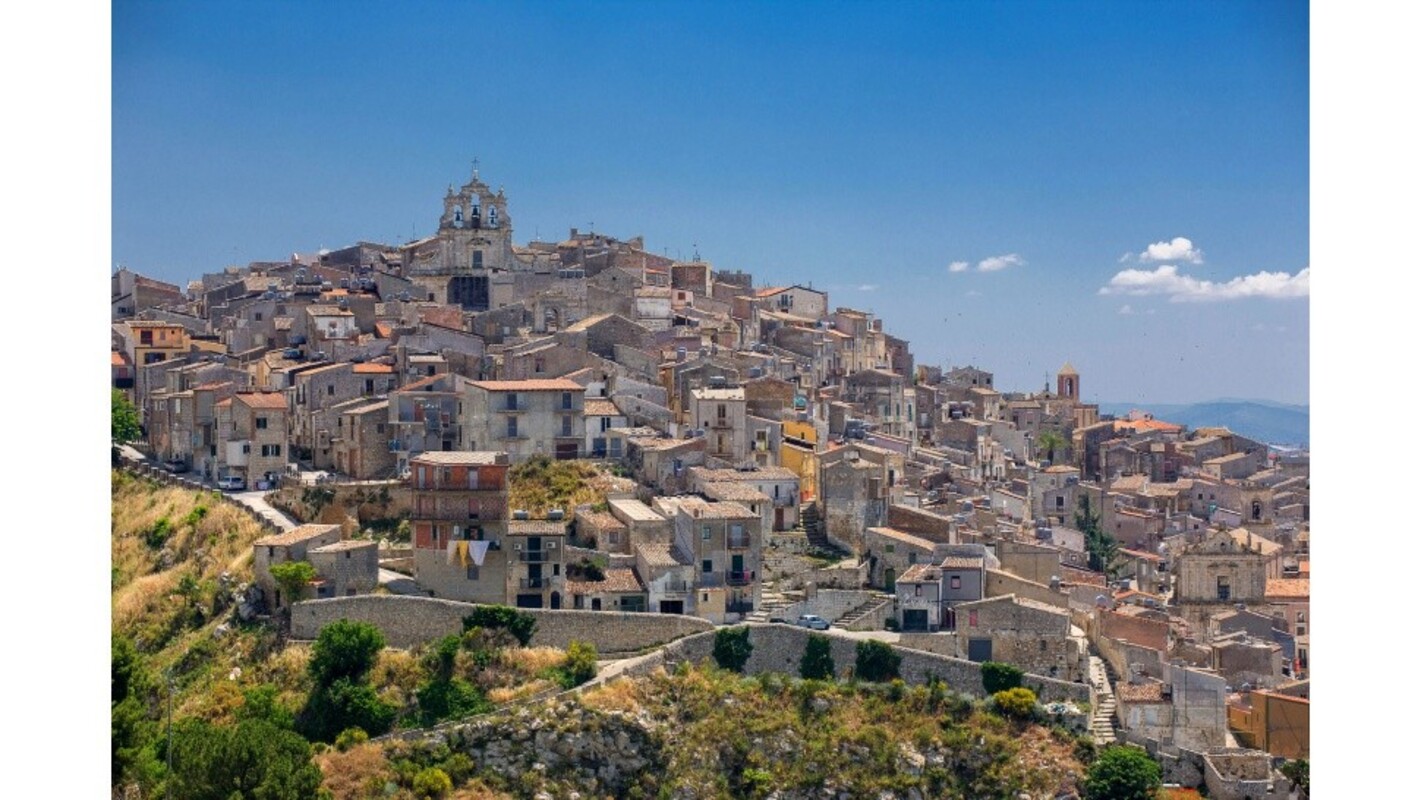
200 Years of Service: How Florence Nightingale changed the history of nursing
The year 2020 marks the bicentenary of the birth of Florence Nightingale, pioneer and founder of modern nursing.
If the Coronavirus pandemic has taught us anything, it is that the jobs we take for granted are precisely the ones that keep us afloat as a civilization.
From delivery men and cashiers to doctors and nurses, the lowest paid and most overlooked workers in the social system are the ones to whom we owe our survival today.
That is why the World Health Organization has designated 2020 as the International Year of Nurses and Midwives, coinciding with the 200th anniversary of Florence Nightingale's birth, and to celebrate those who devote their lives to caring for mothers and children, administering life-saving vaccines and meeting essential day-to-day health needs.

Since the founding of the world's first nursing school in India in 250 B.C., the theocratic structures of ancient societies allowed only men to care for sick people, except for pregnant women who were always cared for by midwives.
Once Christianity became the dominant religion in medieval Europe, it was men in religious orders that had the role of caring for the sick, especially during the Crusades.
Hence, military orders dedicated to nursing emerged, such as the Knights of the Order of St John of Jerusalem, the Teutonic Knights, and the Knights of the Order of St Lazarus of Jerusalem.
It was in the mid-15th century when the first associations of Christian women who dedicated their lives to the care of the poor and sick appeared. Better known as Beguines, they were intellectual volunteers who worked to stay active and often lived near hospitals and churches.
Between the Protestant Reformations –which established that charitable works were not necessary to obtain salvation– and the close link of nursing care and religion, the profession was stagnant in its research development for almost three centuries.
It was not until the early 19th century that scientific developments, such as the invention of the microscope, allowed the birth of what we know today as the health sciences.

Born on May 12, 1820, into an upper-class British family in Villa Colombaia, Florence, Florence Nightingale found her calling at age 17 to devote herself to the service of others, challenging the social and class conventions of the time.
After meeting with the Lutheran community of Kaiserswerth in Germany and seeing first-hand the work of Pastor Theodor Fliedner with the sick and marginalized, Nightingale decided to stay for four months and receive the medical training that would set the tone for her later years.
Thanks to her father's financial support, the young trainee was able to join the Institute for the Care of Sick Gentlewomen as superintendent until the outbreak of the Crimean War.
Together with a group of nurses, Nightingale was transported across the Black Sea to the British barracks of Selimiye in Scutari (now Üsküdar district, Istanbul), to find hundreds of wounded and badly treated soldiers in the hands of an overloaded medical team.
During her first summer in Scutari, Nightingale would see more soldiers suffering from infectious diseases than battlefield injuries, caused mainly by overcrowding, lack of ventilation, and poor general conditions.
The press of the day would describe her as "a ministering angel" whose "slender form glides quietly along each corridor, every poor fellow's face softens with gratitude at the sight of her.”
"When all the medical officers have retired for the night and silence and darkness have settled down upon those miles of prostrate sick, she may be observed alone, with a little lamp in her hand, making her solitary rounds," said The Times in a Thursday, February 8, 1855 note.

Following in her footsteps was Clara Barton, a nurse who served during the American Civil War and was better known as "The Angel of the Battlefield," and who would eventually found the American Red Cross in 1881.
In 1893, nurse Lillian Wald founded the Henry Street Settlement House, which provided accessible nursing and social services to the poorest communities on Manhattan's Lower East Side. Her work led to the growth of public health in the country.
In 1896, the American Nurses Association was founded to help promote the value of nurses in health care, and in 1918, during the influenza epidemic, student nurses represented the majority of staff in American hospitals.
Later on, during World War II, about 78,000 people registered as nurses. Paradoxically, after the end of the conflict, there was a profound shortage of these professionals, a problem that persists today.
The second half of the 20th century would see the diversification of the profession, from intensive care nurses to nurse practitioners, as well as the establishment of specialized educational centers to create quality standards in undergraduate and graduate programs.
It wasn't until 1971 that the first Latina would graduate in a nursing school. Ildaura Murillo-Rodhe founded the National Association of Hispanic Nurses in 1975, which gives voice to and responds to the needs of nurses in the community. Today only 10% of nurses are Latino or Hispanic although the number continues to grow.
RELATED CONTENT
Currently, there are more than 4 million nurses in the United States, and they represent the largest health care sector.

During the Coronavirus pandemic, these professionals have been on the front line, putting their lives and their families at risk, despite still being one of the lowest-paid professions in the world.
Similarly, although nurses and midwives account for nearly 50%of the world's health workers, there is a worrying shortage of professionals, particularly in Africa and South-East Asia.
That is why, together with the World Health Organization, local and national schools have joined in celebrating two hundred years of modern nursing, calling for the advancement and awareness of the profession.
"The world needs to increase the health workforce by 18 million in order to achieve and maintain universal health coverage by 2030," explains WHO. "About half of that missing figure, or 9 million health workers, must be nurses and midwives.”
Through the publication Global strategic directions for strengthening nursing and midwifery 2016-2020, the organization has structured "a strategic framework for designing, implementing and evaluating accessible, acceptable, safe and quality nursing and midwifery interventions.”
In addition, WHO is participating in the three-year Nursing Now campaign, launched in early 2018, which aims to improve global health by raising the visibility of the nursing profession, improving the status and professional standing of nurses, providing evidence of what can be achieved by improving the profession, and empowering staff to contribute as much as possible to achieving universal health coverage.
For its part, the UPenn School of Nursing in Philadelphia has joined the campaign by sharing stories of local nurses and midwives, despite having to cancel public events in the midst of the public health crisis.
Through its website www.2020nurseandmidwife.org, the school has collected stories from staff members and family members that highlight the impact of their work in the community.
“When the World Health Organization named 2020 the Year of the Nurse & Midwife, no one could have imagined that the world would be facing a new pandemic,” the institution explained. “Right now, we are seeing the integral role that nurses and midwives play in health globally during the response to COVID-19—nurses are providing direct care, others are leading health system responses, and still others are leaders in public health at federal agencies like the CDC.”
“Some are faculty at schools of nursing who are working to ensure their students can continue to learn in a rapidly changing environment. Others are nurse scientists working to understand this virus, educating the public about the importance of social distancing or continuing their research on other critical issues such as addiction and pain management, gun safety, health disparities, and so much more. As always, in whatever role, doing whatever it takes, they are making a difference.”
Established in 1935, the UPenn School of Nursing has trained more than 14,000 professionals through its educational programs in a variety of fields, including palliative care.
In Pennsylvania alone, there are more than 193,000 registered nurses, joining more than 4 million nationwide.










LEAVE A COMMENT:
Join the discussion! Leave a comment.